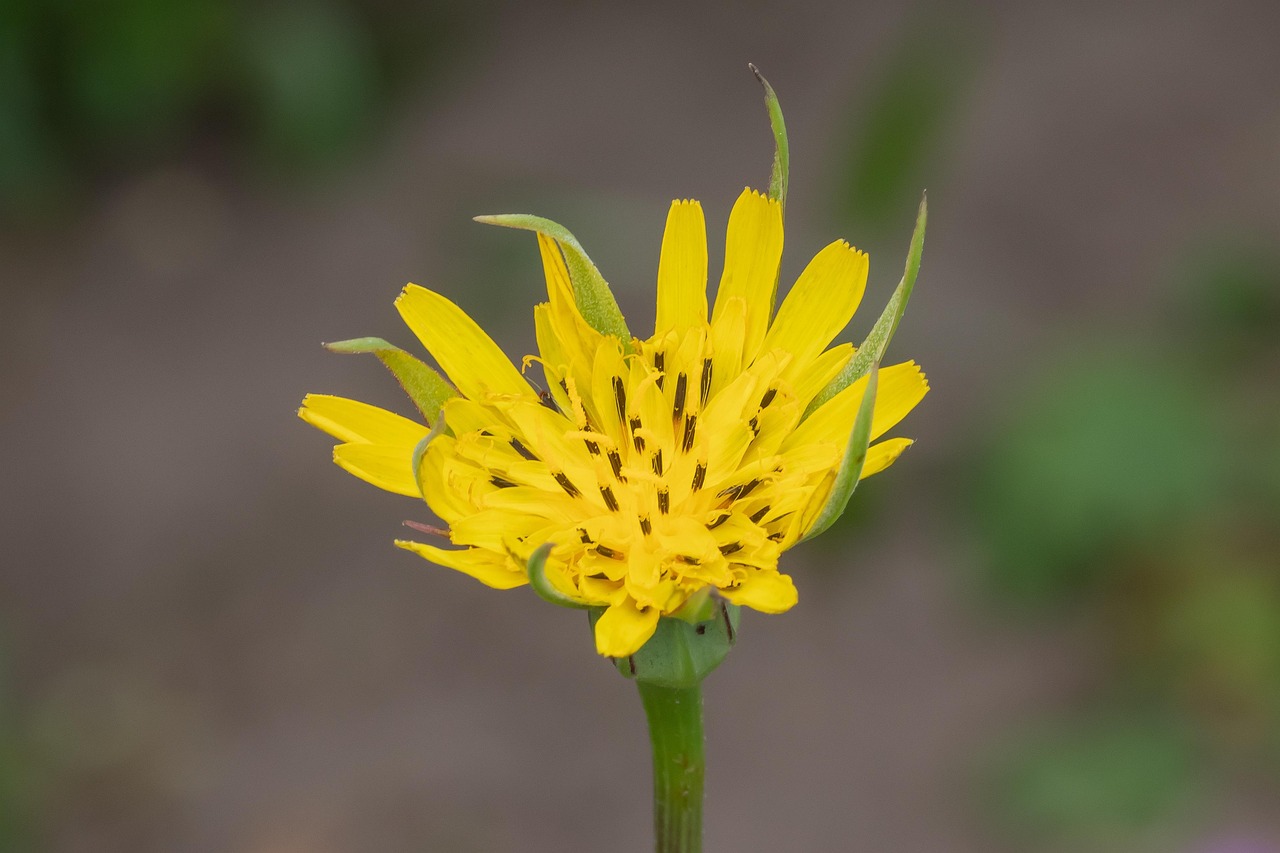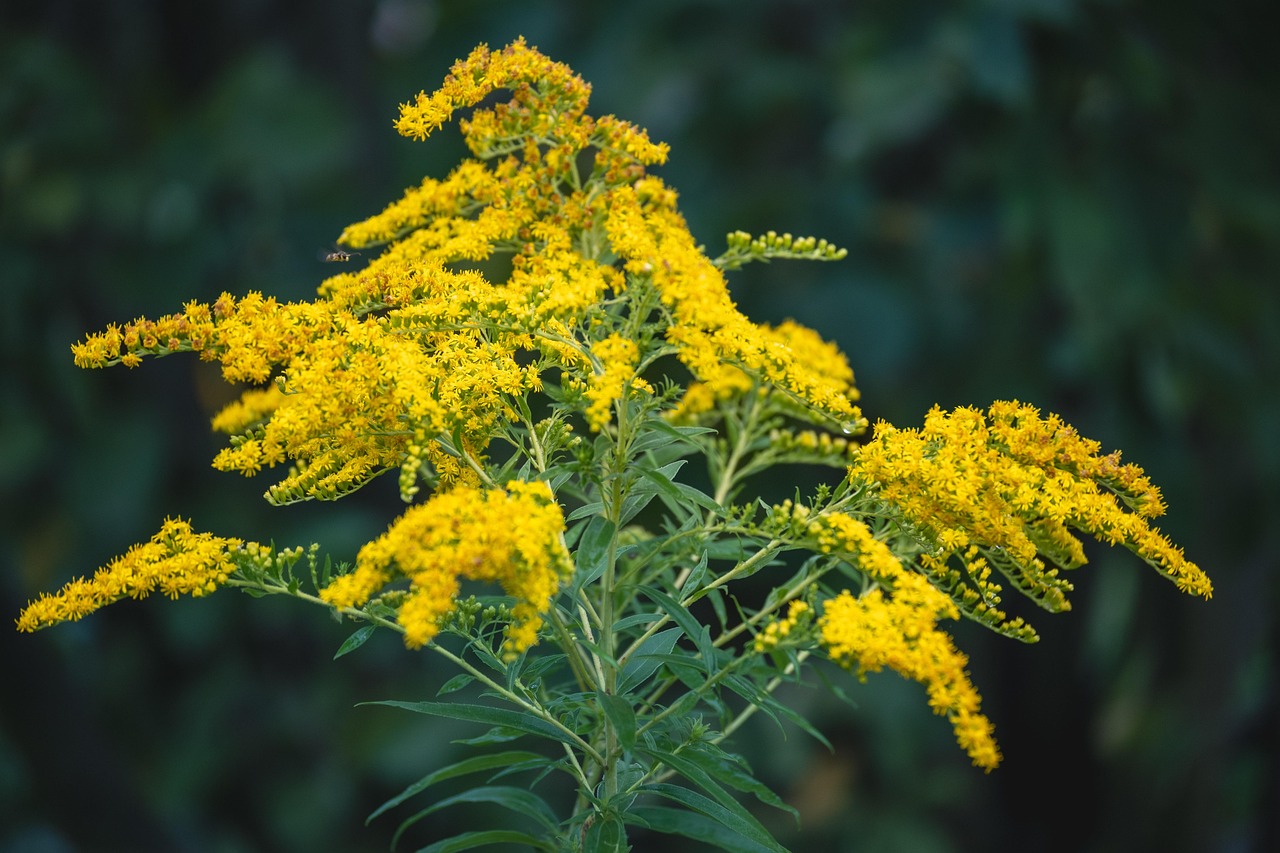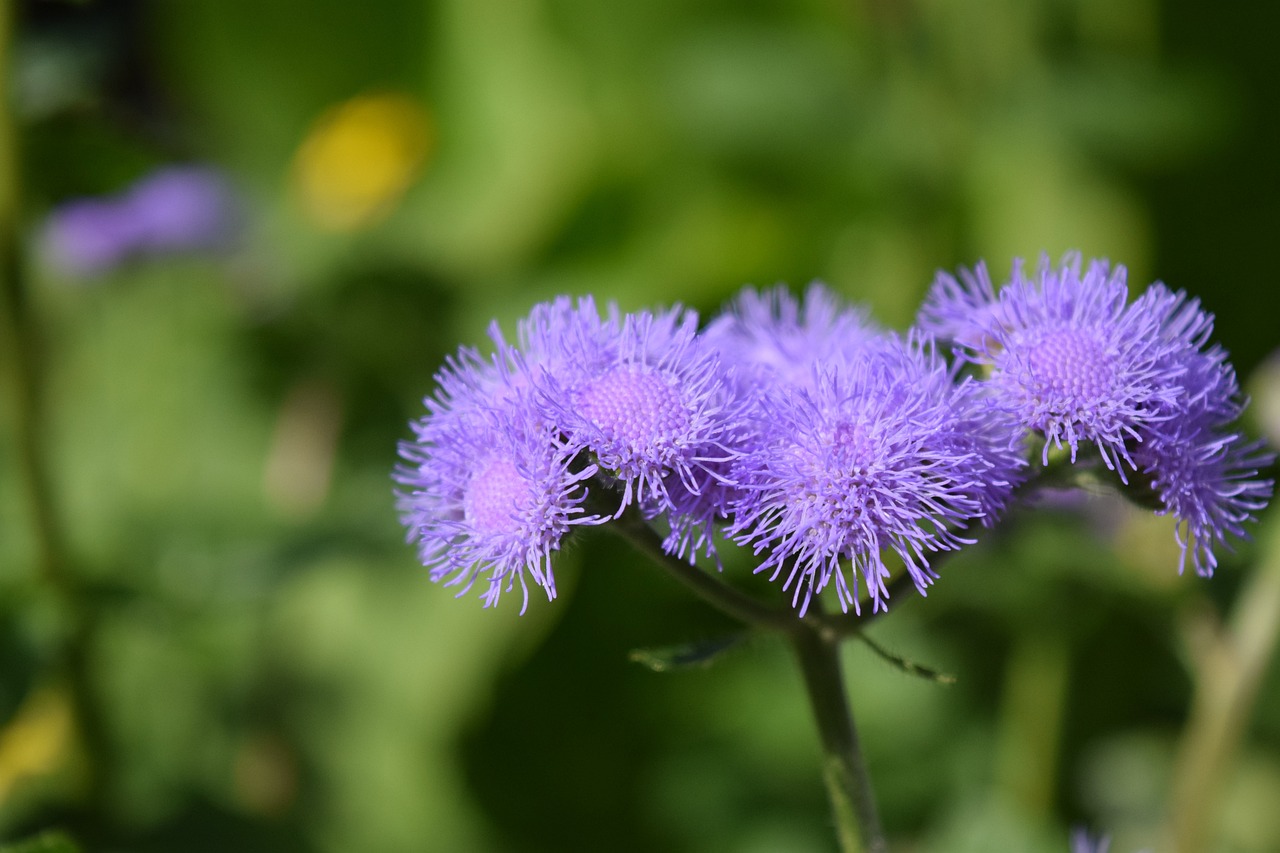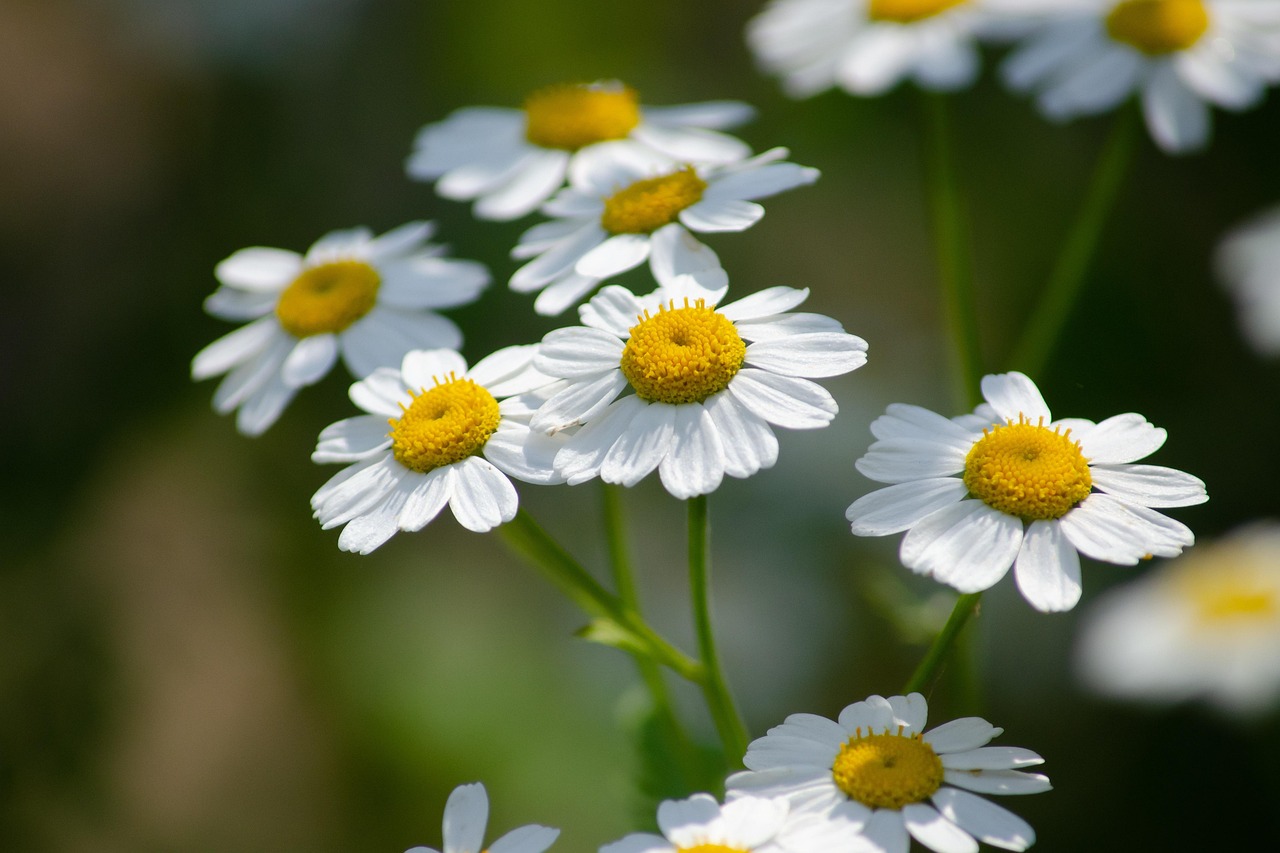Gerbera | The Cheerful Colors Born from the Soil of South Africa
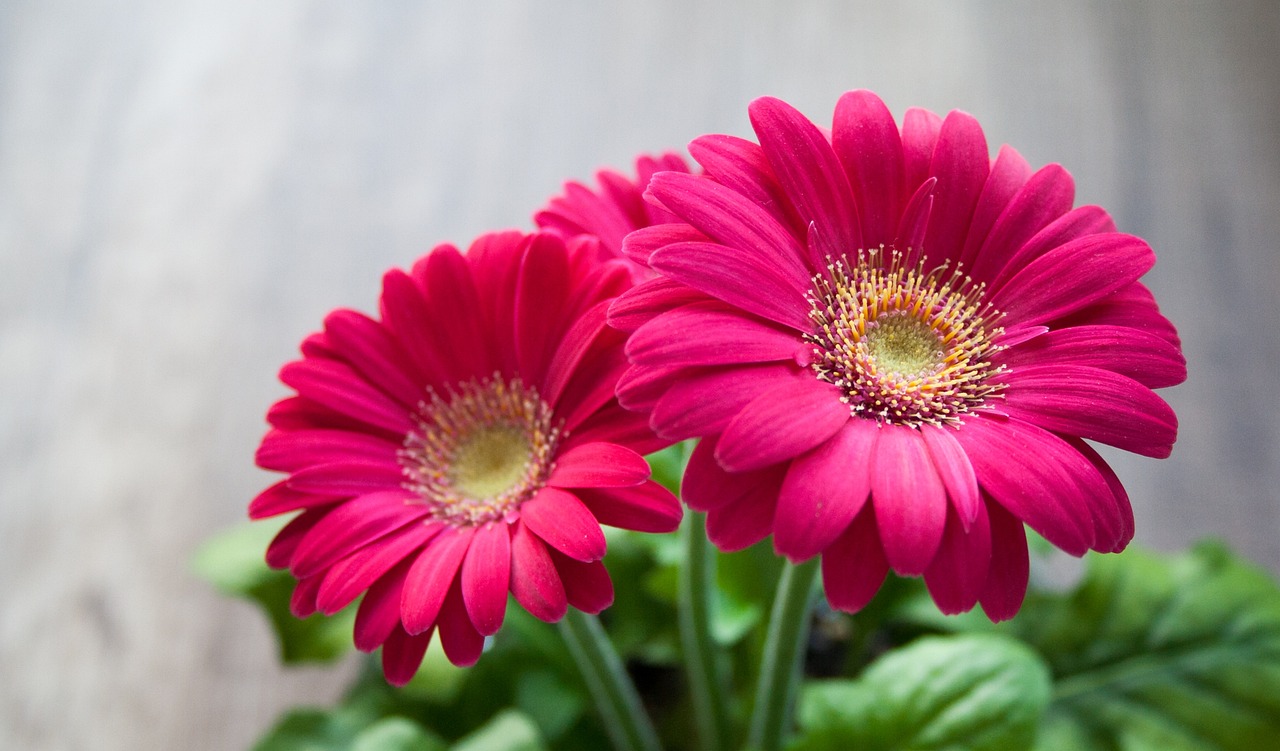
I introduce the gerbera, a popular flower often used in floral arrangements and bouquets thanks to its vivid colors and simple elegance.
With its bright and cheerful atmosphere, the gerbera is also loved as an easy-to-grow gardening plant, even for beginners.
In this article, I will provide detailed information about the gerbera, from its basic profile and cultural background to practical gardening tips.
Basic Information
- Scientific name: Gerbera jamesonii
- Family: Asteraceae
- Origin: South Africa
- Appearance: Gerberas bloom with large, flat flowers in a variety of colors such as red, pink, orange, white, and yellow. Most varieties have flowers about 10 cm in diameter. The leaves are thick and deep green, and the plant grows to a height of 30–50 cm, making it suitable for both garden beds and pots.
- Blooming season: From spring to autumn (April–October). In warm climates, they can bloom repeatedly.
Cultural Significance Worldwide
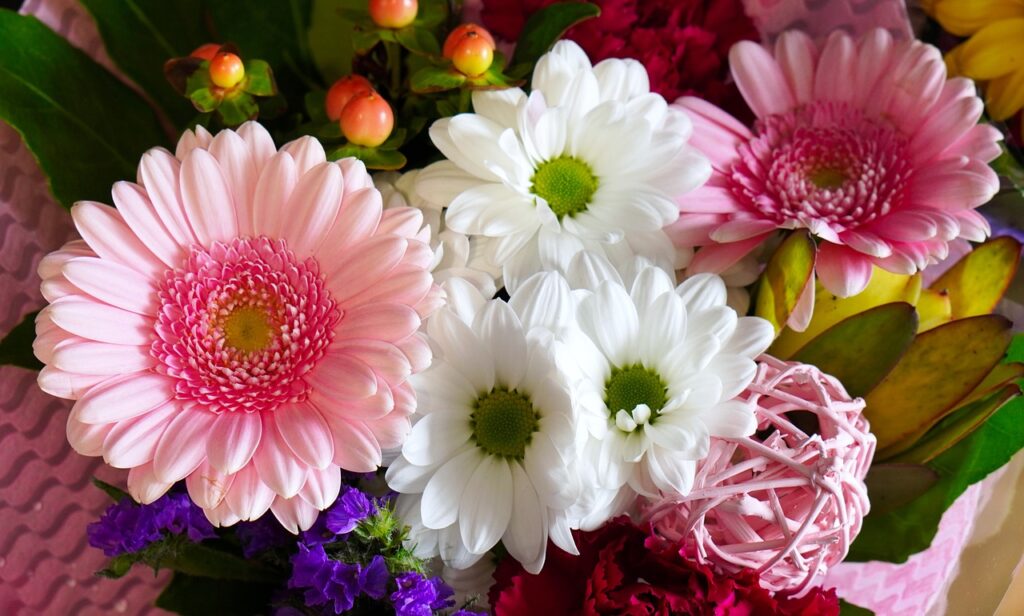
The gerbera, with its bright hues, carries the meanings of “hope” and “pure love” and is cherished around the world.
In Europe, it is appreciated as a birthday flower and a symbol of joy and hope, often chosen as a gift.
Because of its long vase life, the gerbera is also popular for interior decoration and party arrangements. Its vibrant colors have made it a staple of floral design in homes across the United States and Europe.
Historical Background
The gerbera was first discovered in South Africa and later introduced to Europe in the 19th century by the British botanist Robert Jameson. Its scientific name, Gerbera jamesonii, honors his contribution.
During the Victorian era in Britain, the gerbera had a profound influence on the “language of flowers” culture. It came to symbolize hope and positivity, and was widely used in gardens and social gatherings as a flower of joy and celebration.
Its vivid colors were also reflected in the fashions and decorations of the time, and the gerbera remains a beloved flower for marking special occasions.
Gardening Advice

Gerberas prefer sunny, well-ventilated environments. With sufficient sunlight, they will continue to bloom vigorously.
Water thoroughly once the surface soil has dried, but avoid overwatering as it may cause root rot. For potted gerberas, ensure proper drainage.
To encourage growth, apply fertilizer once or twice a month during the growing season. Adequate nutrients will result in more abundant blooms and brighter colors.
When flowers have finished blooming, cut the flower stalks at the base to encourage the growth of new blooms.
Since gerberas are sensitive to cold, I recommend moving them indoors in regions where the temperature falls below 10°C.
Conclusion
The gerbera is a flower of vivid color and lasting beauty, easy to cultivate both in gardens and as a potted plant indoors.
By adding gerberas to your gardening, you can brighten up your surroundings and bring energy to those who see them.

